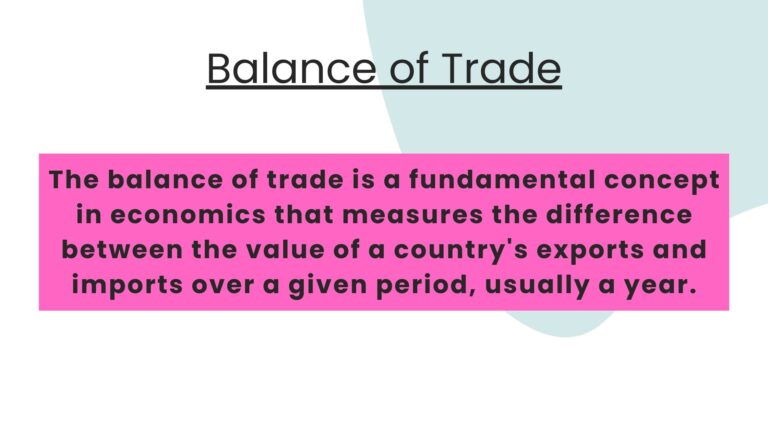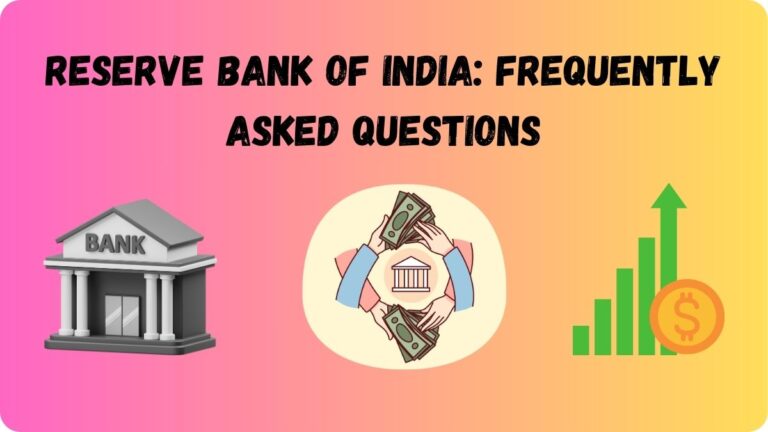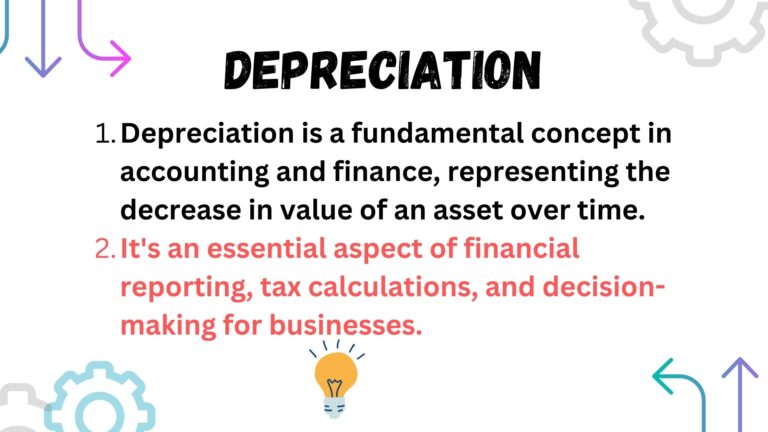Definition of Absolute Poverty: Understanding and Significance [updated 2024]

Absolute poverty is a profound issue that has plagued societies for centuries. Its impacts are dire, affecting not just individuals but entire communities and nations. In order to fully understand absolute poverty, we must delve into its definition, causes, consequences, and potential solutions.
Introduction
Absolute poverty, often referred to simply as poverty, is a condition characterized by severe deprivation of basic human needs, including food, water, shelter, sanitation, healthcare, and education.
Unlike relative poverty, which is measured in comparison to the standards of a particular society, absolute poverty is more universal and focuses on the inability to meet the most fundamental requirements for survival and well-being.
Defining of Absolute Poverty
The definition of absolute poverty varies across regions and organizations, but it generally revolves around a fixed standard of living below which individuals or households are considered to be living in poverty.
One widely used measure is the international poverty line, set by the World Bank, which currently stands at $1.90 per day in terms of purchasing power parity (PPP).
This threshold represents the minimum income required to afford basic necessities such as food, shelter, and clothing.
Causes of Absolute Poverty
Absolute poverty is a multifaceted phenomenon with numerous underlying causes, many of which are interconnected and mutually reinforcing. Some of the primary factors contributing to absolute poverty include:
- Economic Inequality: Widening gaps between the rich and the poor exacerbate absolute poverty by limiting access to resources and opportunities for marginalized populations.
- Unemployment and Underemployment: Lack of employment or access to decent work with fair wages traps individuals and families in cycles of poverty, making it difficult to escape.
- Lack of Education: Limited access to quality education perpetuates poverty by hindering social mobility and preventing individuals from acquiring the skills necessary to secure better-paying jobs.
- Poor Governance and Corruption: Weak institutions, ineffective governance, and rampant corruption undermine efforts to alleviate poverty by diverting resources away from those who need them most.
- Geographic and Environmental Factors: People living in remote or environmentally vulnerable areas are often more susceptible to poverty due to limited access to markets, resources, and infrastructure.
- Health Challenges: High prevalence of diseases, inadequate healthcare facilities, and lack of access to essential medicines contribute to poverty by increasing healthcare expenses and reducing productivity.
- Social Discrimination and Exclusion: Marginalized groups, including women, ethnic minorities, and persons with disabilities, face systemic discrimination and exclusion, which perpetuate cycles of poverty and inequality.
- Conflict and Instability: Regions affected by conflict, violence, or political instability experience heightened levels of poverty due to displacement, destruction of infrastructure, and disruption of livelihoods.
Consequences of Absolute Poverty
The consequences of absolute poverty are far-reaching and affect various aspects of individuals’ lives, as well as broader societal dynamics. Some of the most significant consequences include:
- Malnutrition and Hunger: Inadequate access to nutritious food leads to malnutrition and hunger, which can have severe physical and cognitive effects, particularly in children.
- Poor Health Outcomes: Poverty is closely associated with higher rates of mortality and morbidity, as individuals lack access to essential healthcare services and preventive measures.
- Limited Education Opportunities: Children living in poverty often face barriers to education, perpetuating intergenerational cycles of poverty and limiting their future prospects.
- Vulnerability to Exploitation: People living in poverty are more susceptible to exploitation, including child labor, human trafficking, and forced prostitution, as they may resort to desperate measures to survive.
- Social Stigma and Exclusion: Poverty carries a social stigma that can lead to exclusion, discrimination, and marginalization, further exacerbating individuals’ sense of hopelessness and isolation.
- Reduced Economic Productivity: Poverty hinders economic development by limiting human capital formation, reducing labor productivity, and constraining entrepreneurship and innovation.
- Environmental Degradation: Poor communities often lack the resources to adopt sustainable practices, leading to environmental degradation and exacerbating the effects of climate change.
- Increased Crime and Violence: Poverty is associated with higher rates of crime and violence, as individuals may turn to illegal activities as a means of survival or expression of frustration and disillusionment.
Addressing Absolute Poverty
While the task of alleviating absolute poverty is daunting, there are various strategies and interventions that can be implemented to make meaningful progress. Some key approaches include:
- Promoting Inclusive Economic Growth: Fostering sustainable and inclusive economic growth is essential for creating jobs, generating income opportunities, and reducing disparities between different segments of the population.
- Investing in Education and Healthcare: Prioritizing investments in education and healthcare infrastructure can improve human capital development, enhance productivity, and break the cycle of poverty.
- Strengthening Social Safety Nets: Establishing robust social safety nets, including cash transfer programs, food assistance, and social insurance schemes, can provide temporary relief and support to those most in need.
- Enhancing Access to Basic Services: Expanding access to essential services such as clean water, sanitation, electricity, and healthcare is crucial for improving living standards and promoting human dignity.
- Empowering Marginalized Communities: Empowering marginalized groups through targeted interventions, capacity-building initiatives, and inclusive policymaking can help address systemic barriers to social and economic participation.
- Combatting Corruption and Improving Governance: Tackling corruption, strengthening institutions, and promoting transparency and accountability are essential for ensuring that resources are allocated efficiently and equitably.
- Fostering Peace and Stability: Resolving conflicts, promoting peacebuilding efforts, and strengthening governance institutions are essential for creating an enabling environment for sustainable development and poverty reduction.
- Adopting Sustainable Development Practices: Embracing sustainable development practices, including environmental conservation, renewable energy, and climate resilience, is essential for mitigating the adverse effects of poverty on both people and the planet.
Conclusion
In conclusion, absolute poverty remains one of the most pressing challenges facing humanity, with far-reaching social, economic, and environmental consequences.
Addressing absolute poverty requires a comprehensive and multi-dimensional approach that addresses its root causes while also promoting sustainable development and social justice. By prioritizing investments in education, healthcare, social protection, and economic empowerment, societies can work towards building a more equitable and prosperous future for all.
Only through collective action and solidarity can we hope to eradicate absolute poverty and build a world where every individual has the opportunity to thrive.
Also read:
- National Domestic Product (NDP)
- Gross National Product (GNP)
- Understanding of NNP (Net Nation Product)
- 15 FAQ on Personal Finance
- Gross Domestic Product (GDP)
- 15 FAQ on 80-20 Rule (Pareto Principle)
- Depreciation- Meaning, Definition, Types and Calculation
- Fiscal Deficit- Definition, Calculation and Significance
- Balance of Payments (BoP): Explained
- Balance of Trade: Definition, Measurement and Significance





